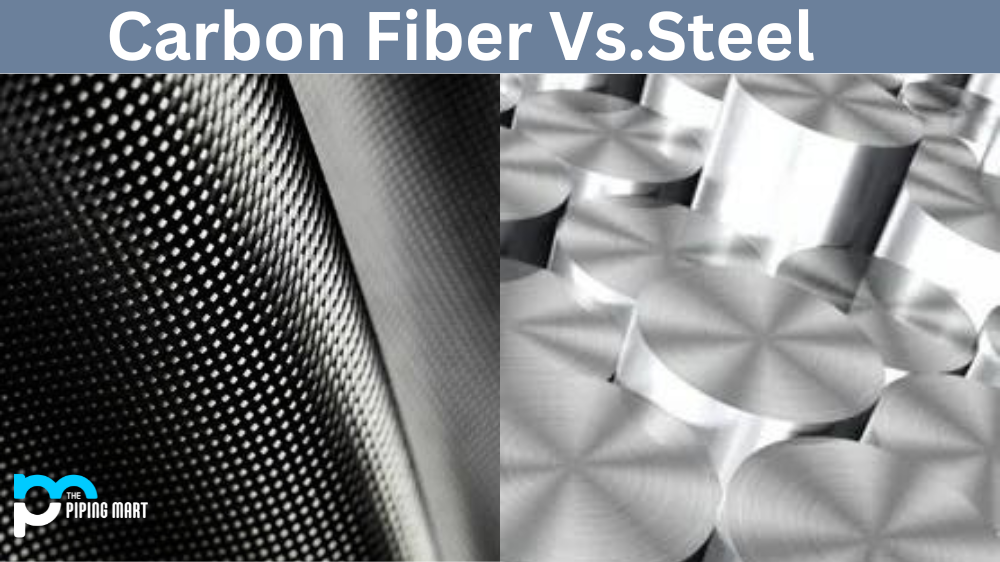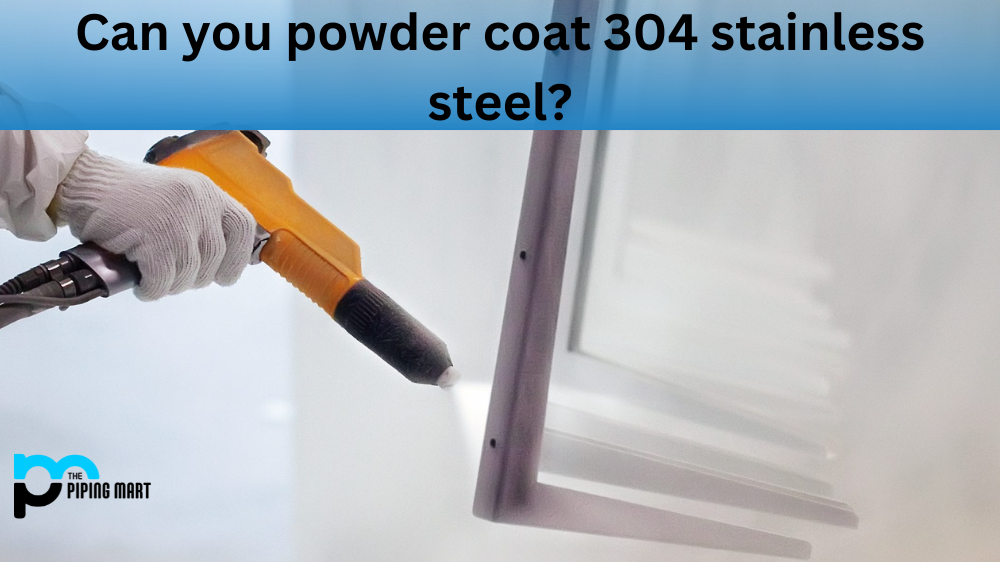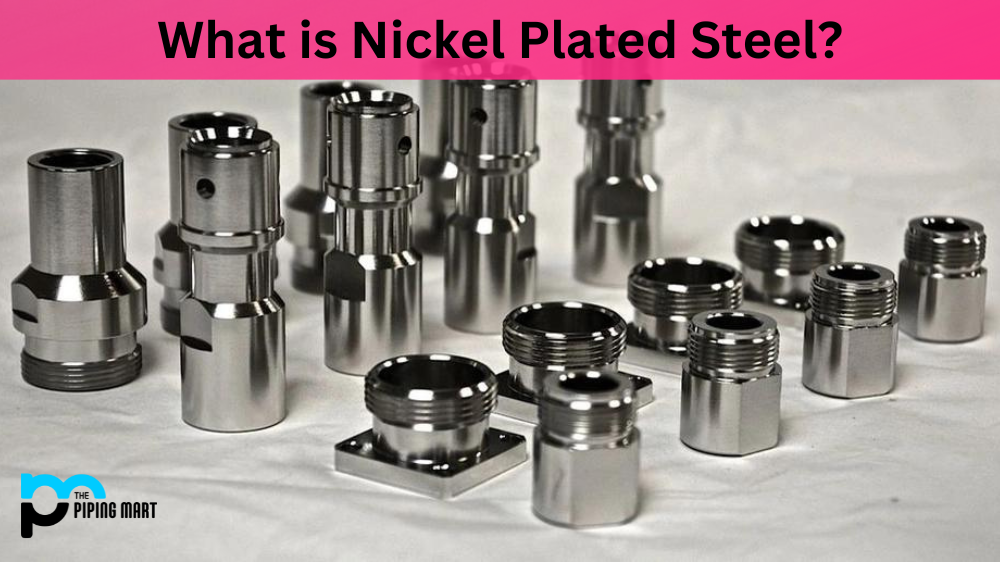Steel and carbon fiber are two of the most popular materials used in various industries, from aerospace to automotive. Both materials have unique properties that make them suitable for different applications. However, when it comes to strength and durability, which is the better option? Let’s look at how steel and carbon fiber compare in strength, weight, cost, and more.
Strength and Durability
When it comes to strength and durability, steel reigns supreme. Steel is a strong metal alloy that can withstand extreme temperatures without getting damaged or deformed. This makes it ideal for applications that require heavy-duty performance—for example, cars and airplanes. On the other hand, carbon fiber is much lighter than steel but not as strong or durable. Because of its lightweight nature, however, carbon fiber is often used in applications where weight is a major factor—such as aircraft parts or sporting equipment.
Weight
Weight is an important factor when considering which material to use for a particular application. Carbon fiber has the edge over steel because it weighs less than half as much as steel per unit volume. This makes it much easier to transport and install than steel. Additionally, its lightweight nature means that parts made with carbon fiber require less energy to move around—which can be beneficial in applications such as cars or aircraft where fuel efficiency is important.
Cost
Because of its strength and durability, steel can be more expensive than other materials, such as aluminum or plastic. On the flip side, carbon fiber costs more upfront due to its manufacturing process but offers better value over time because of its lightweight. Additionally, because of its lightweight, fewer resources are required during production, making it an environmentally friendly choice.
Conclusion:
When deciding between steel vs. carbon fiber for your next project, you should consider all aspects, including strength, weight, cost, environmental friendliness, and more. Ultimately, both materials offer unique advantages depending on the application, so be sure to research each one thoroughly before making your decision. Regardless of what material you choose, you can rest assured knowing that you’re investing in quality materials that will last you years into the future.

Hey, I’m Krutik, a casual blogger expert in the metal industry. I am passionate about providing valuable information to my readers. With a background in engineering and construction, I like playing Cricket & watching Netflix shows in my free time. Thank you for visiting my blog, and I hope you find my information helpful!




